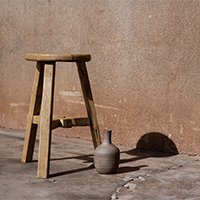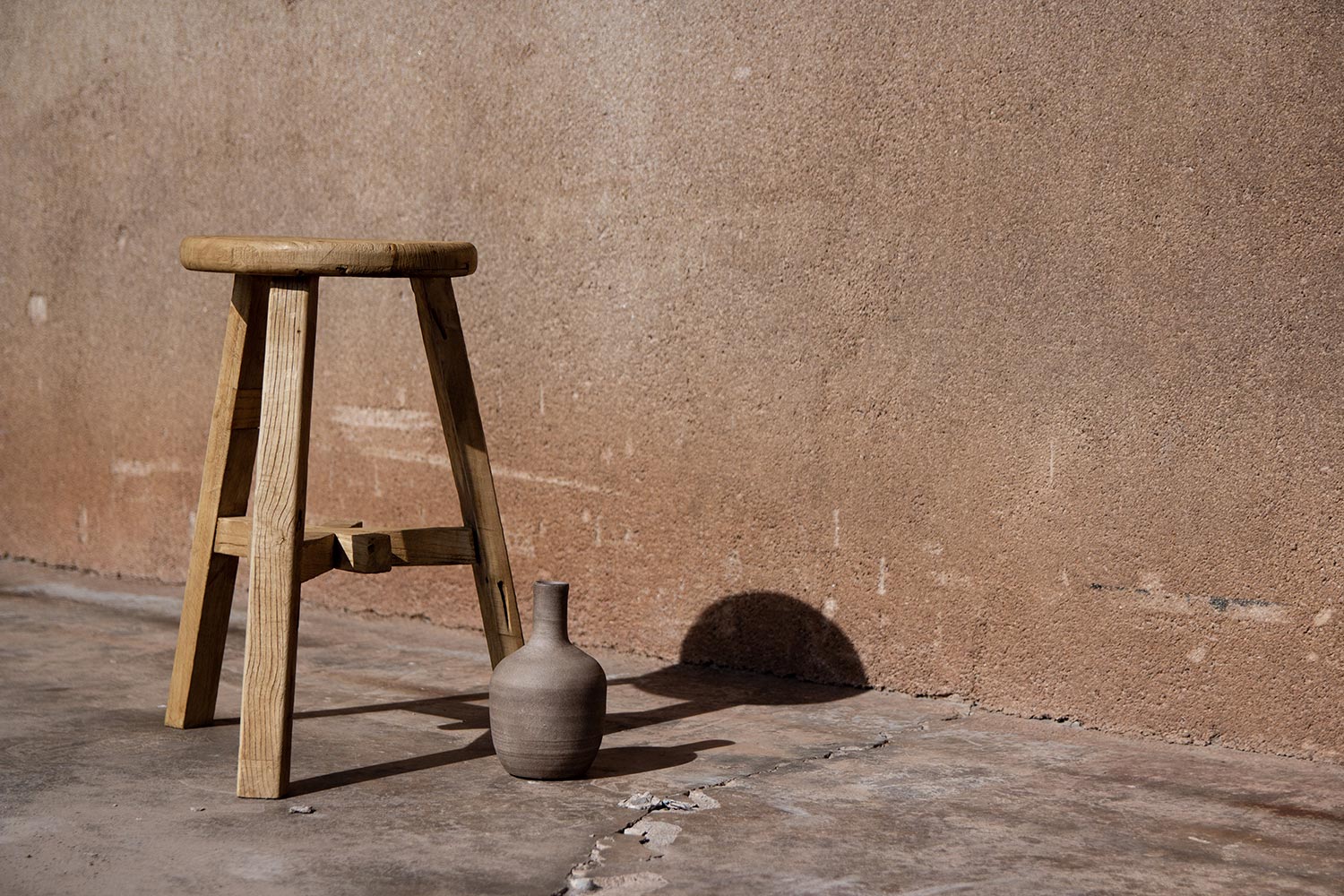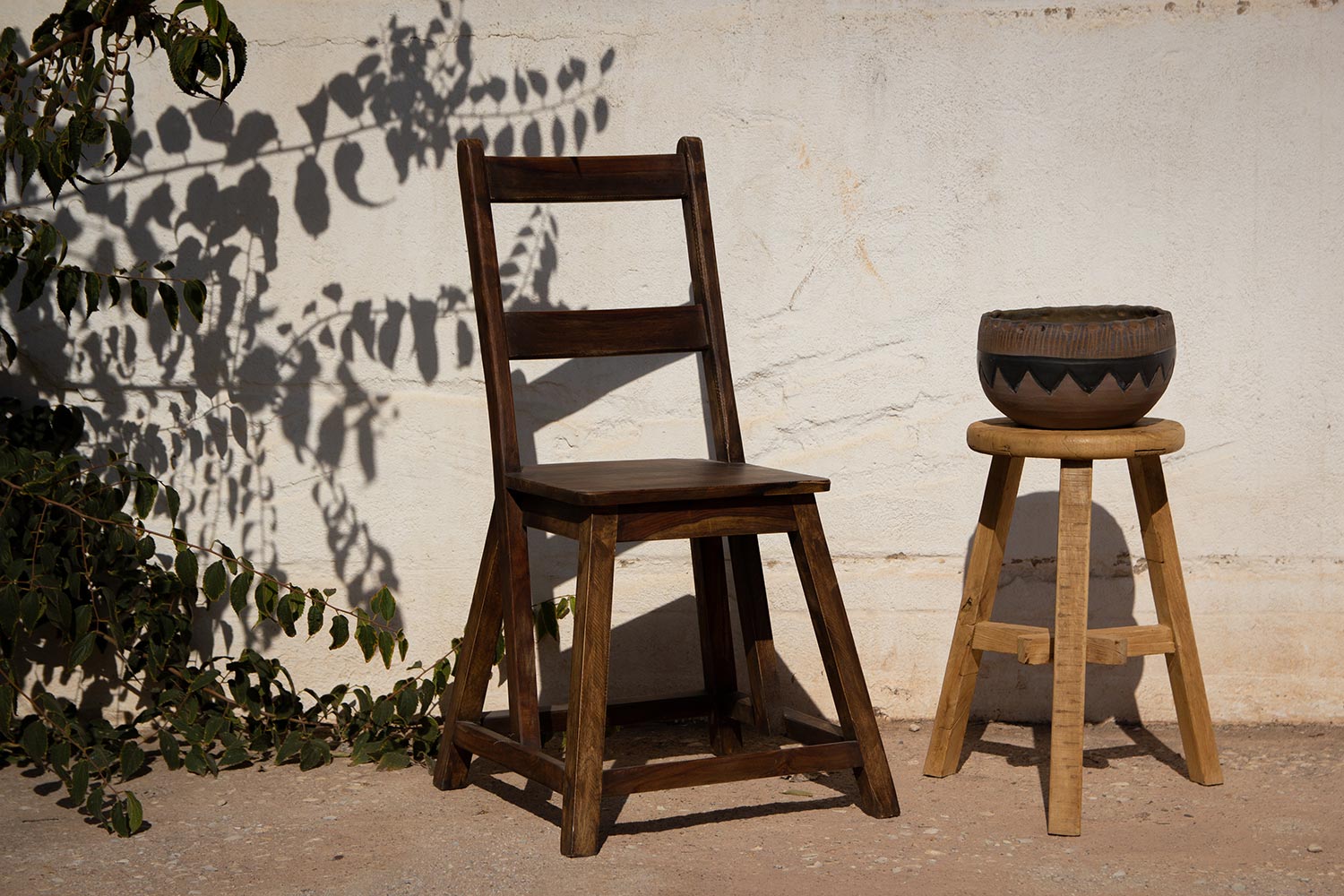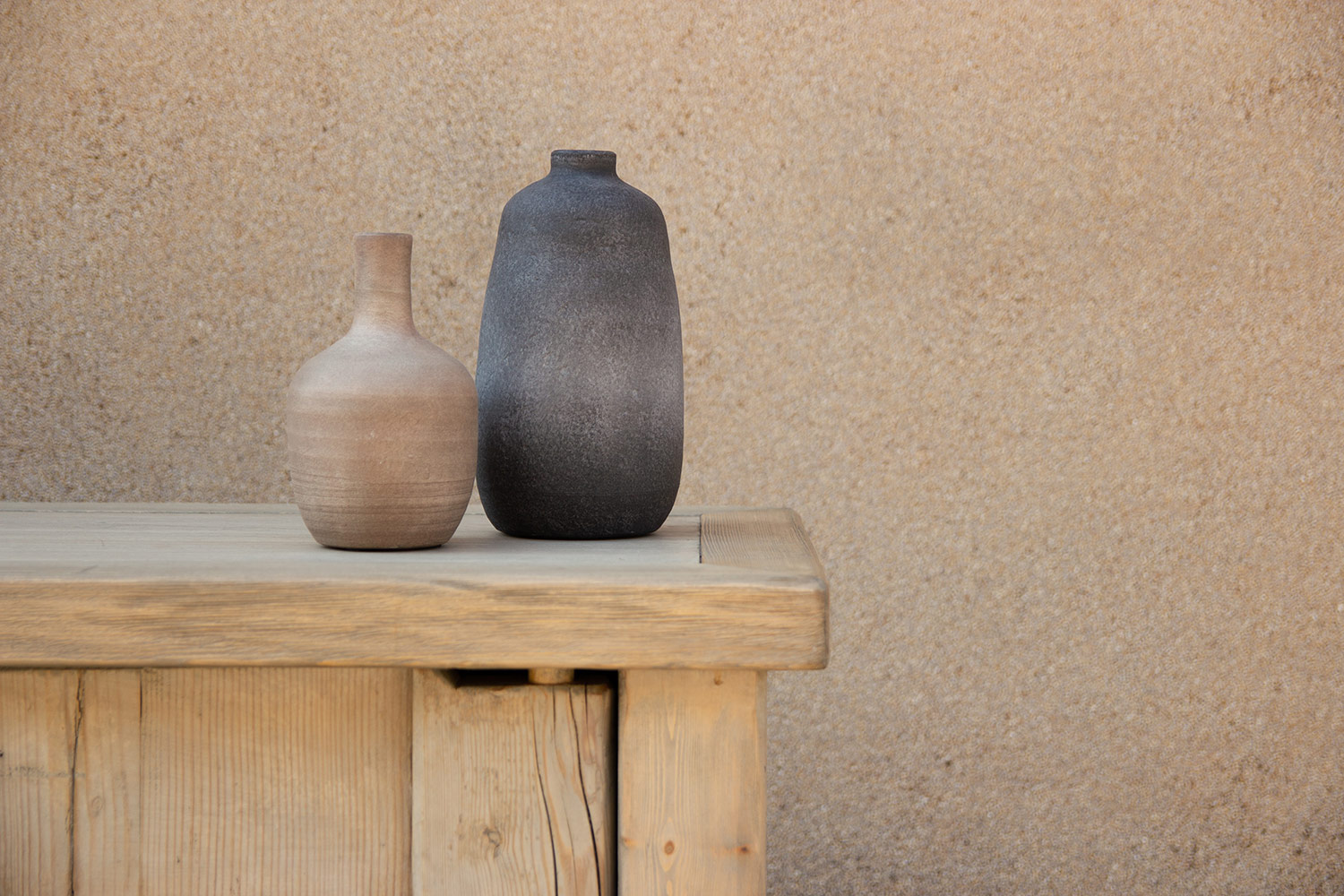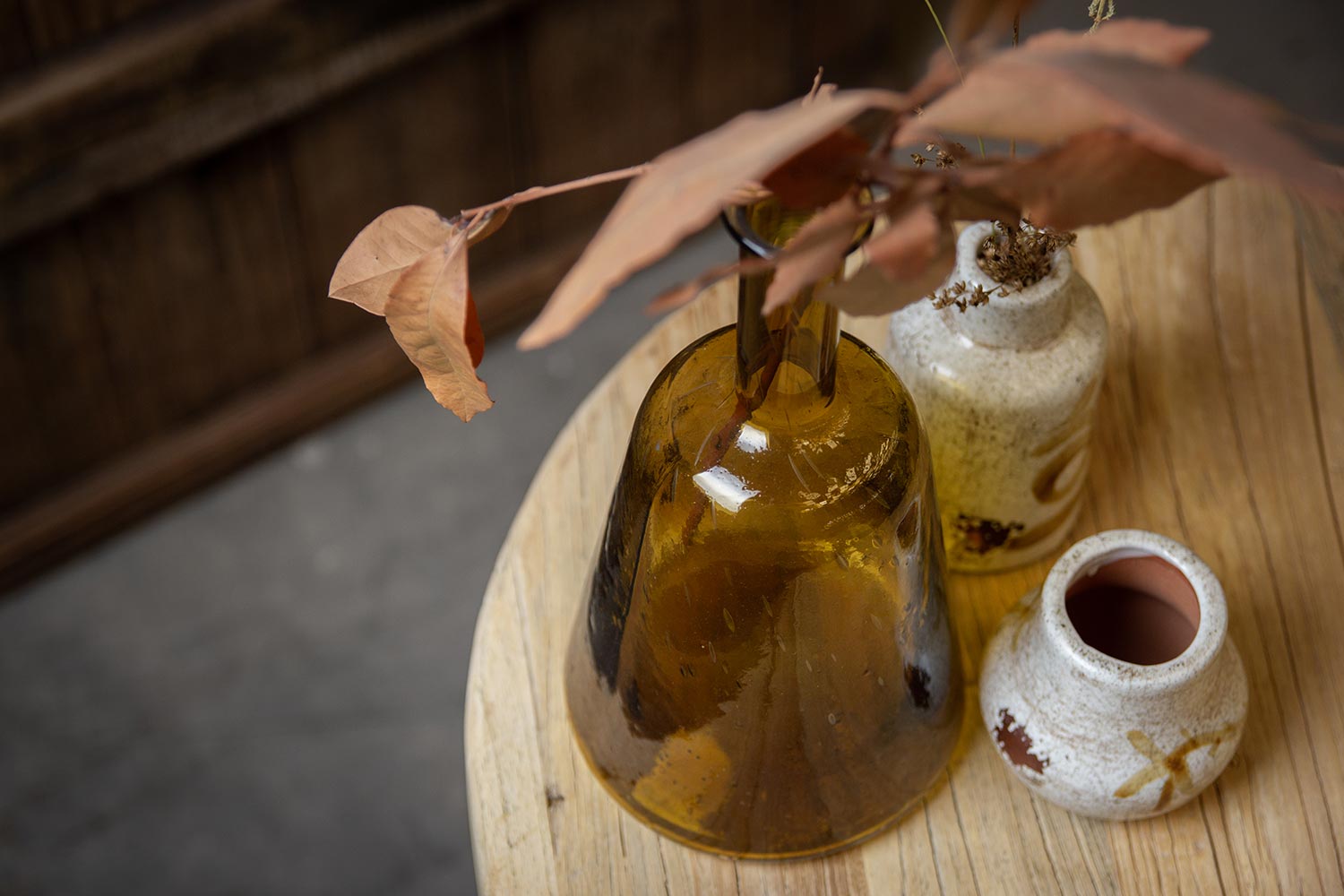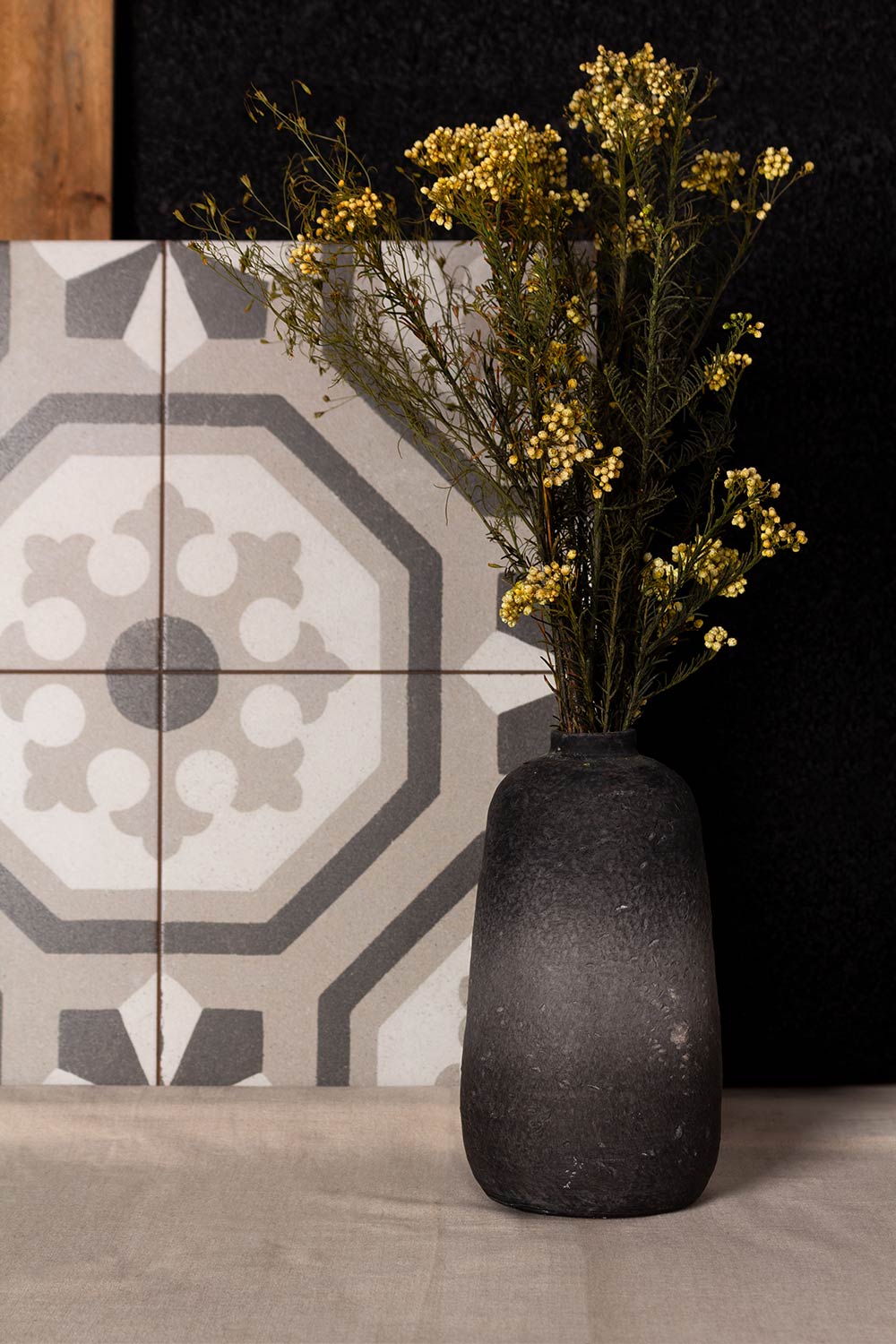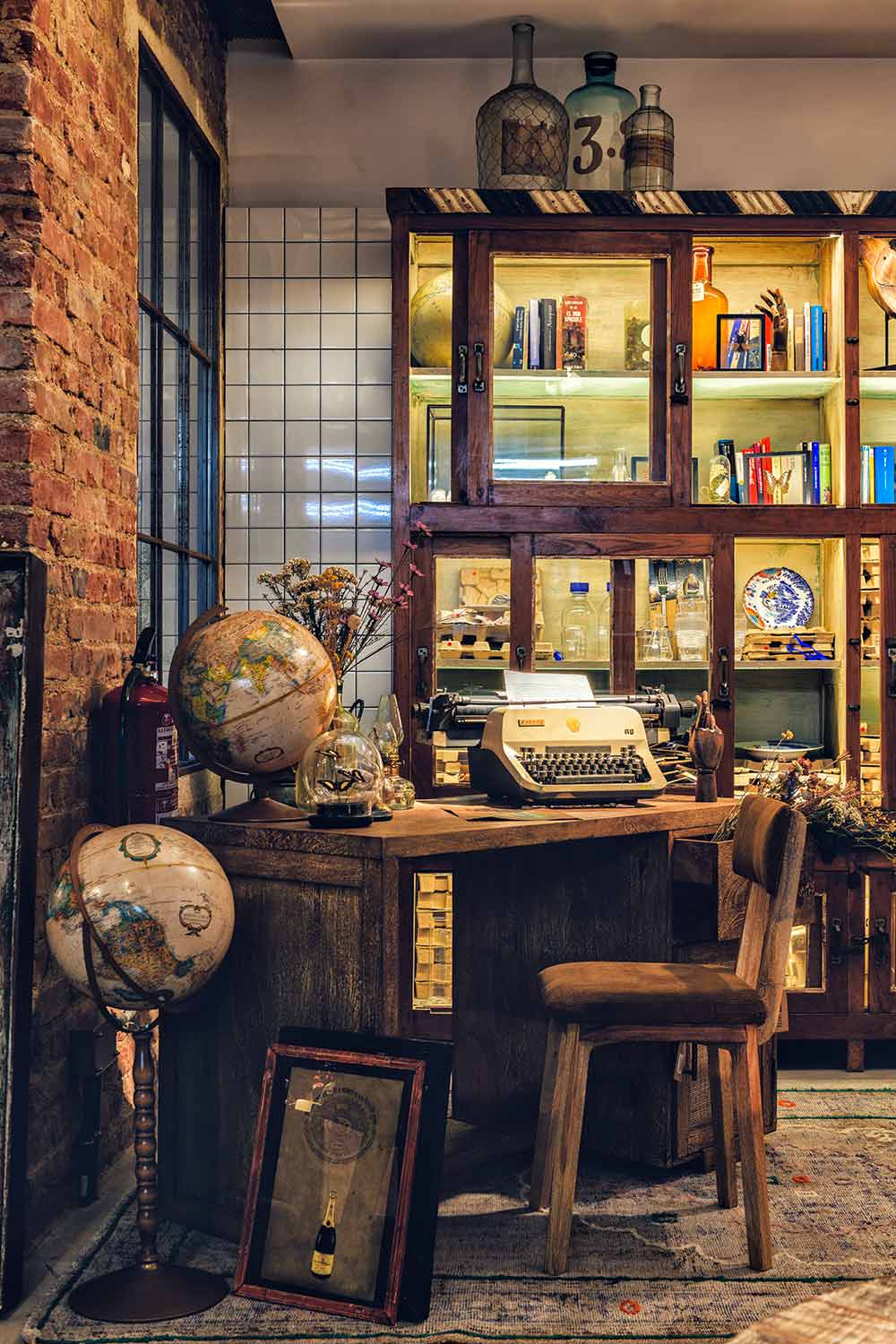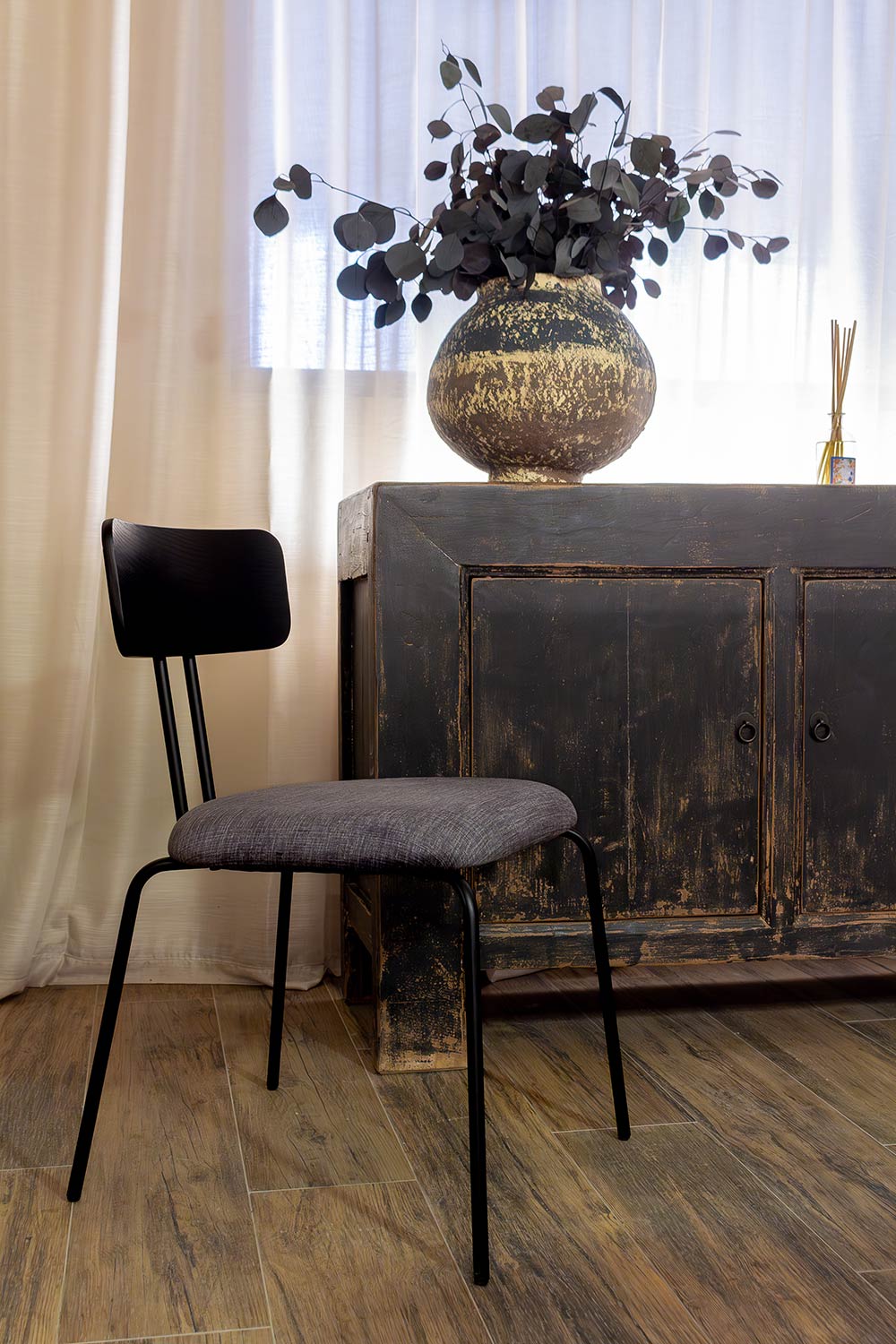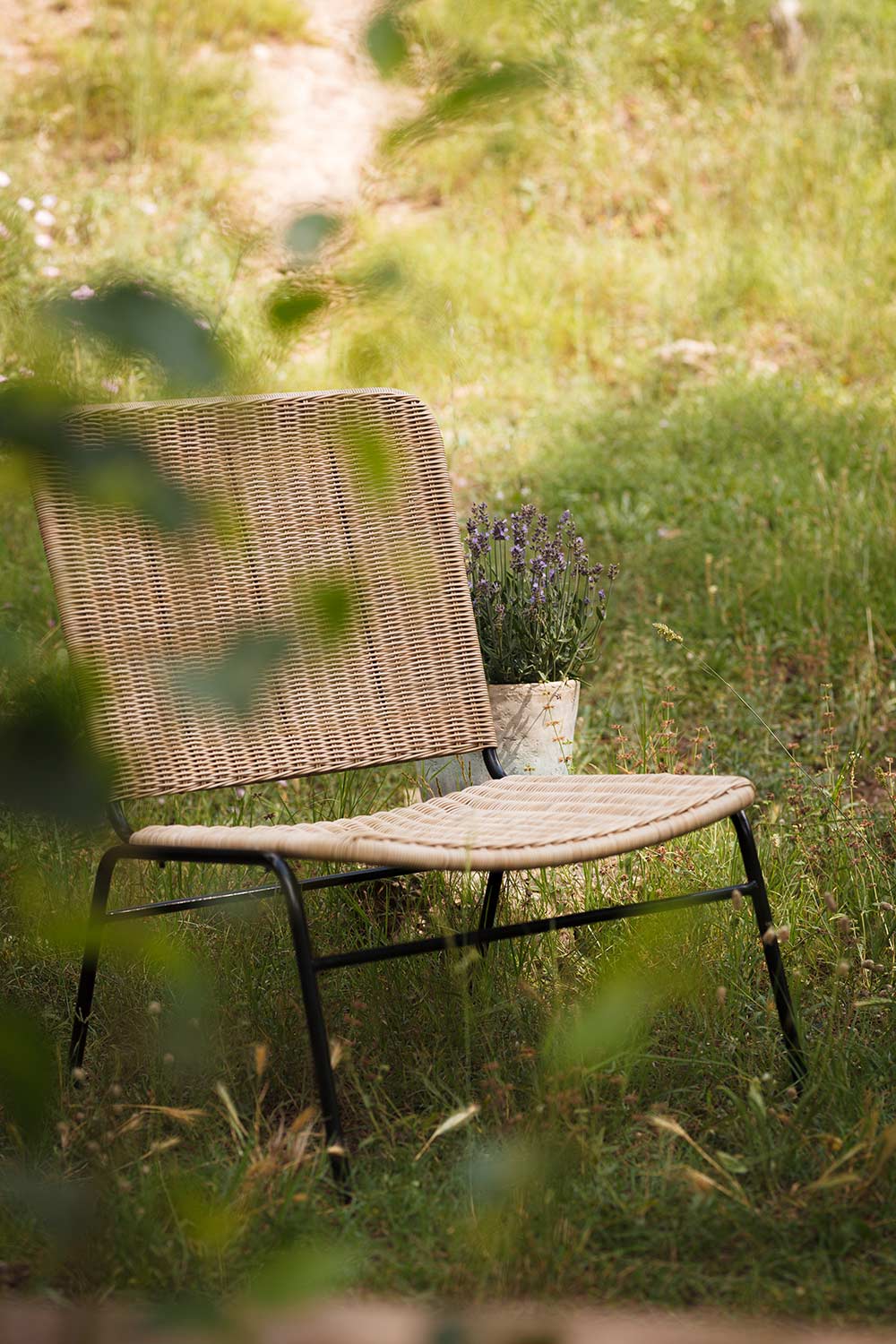Feel Wabi Sabi… A philosophy of life and new illusions in decoration.
This is the story of a fascinating journey. A journey that began in a very distant time and in a world that had little to do with the one we now know.
A transformative journey that inspires us to reconnect with ourselves and with the world we live, to create a new inner order, a renewed perspective of life and, simultaneously, of our environment.
The ancient Japanese philosophy of the 12th century, popularized through Zen Buddhism, promises to transform our lives and show us the way to happiness.
Fascinated by a new point of view that moves away from immediacy and invites us to reflect and re-understand our environment, Francisco Segarra signs a sublime collection.
Feel Wabi-Sabi… It was born from a change of perspective and revolves around simplicity, with a focus on a pure, aesthetic and narrative design.
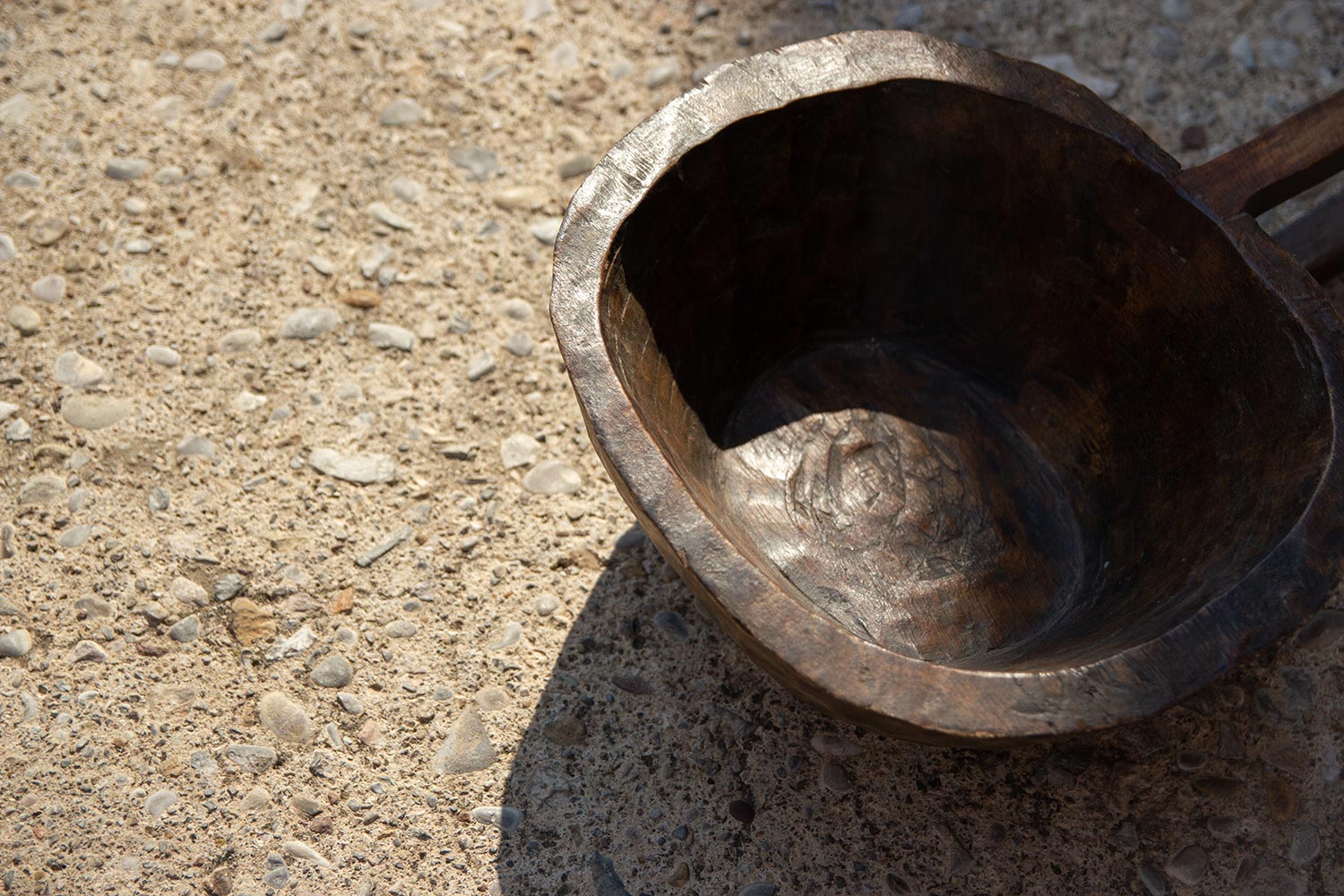
Wabi-sabi. A rebirth focused on a better life.
The digitalization of our lives, the desire to achieve perfection or the ideals of physical beauty generate dissatisfaction and take us away from what really matters in life.
The wabi-sabi ideology offers another way of understanding the world, a more present and conscious idea with a new scale of values and priorities.
A universe full of subtle teachings to end our worries about success, wealth, status or luxury, and achieve a full and happy life.
The most authentic beauty.
For those travellers who delve into the unknown, there is an interesting bibliography that shows us how to incorporate the Wabi-Sabi ideals into our way of thinking and daily life.
- Leonard Koren, author of the book Wabi-Sabi: for Artists, Designers, Poets and Philosophers, talks about how the Wabi-Sabi ideology can become a way of life, and at the very least, a particular beauty. The quintessence of Japanese aesthetics.
The beauty of imperfect, changeable and incomplete things. The beauty of modest and humble things. The beauty of unconventional things.
- Richard R. Powell defines it up in his volume Wabi Sabi Simple: Create Beauty, Value Imperfection, Live Deeply, as the aesthetic that values the imperfect, the handmade and the simple.
According to Powell, by living the wabi sabi life, Westerners would seek to find peace and truth through nature, harmony, and the little things of each day.
Wabi-sabi atmospheres. Another way to understand decoration.
In recent years, finding the balance between body and mind, man and nature, has been a longing in design and in life in general.
Luxury has is no longer ostentatious and superfluous to embrace essentialism and redefine the concept of beauty with deeper and more irrefutable values.
A new ethic that builds bridges between design and functionality, form and material, and between texture and colour.
Interior design is not only an ornamental proposal and puts the focus on people, in a commitment to benefit body, mind and spirit.
The perfect settings to capture calm.
Wabi-sabi atmospheres are minimalist, evoking a sense of warmth, comfort and naturalness through casual design elements.
Far from the boast and magnificence, we return to the purest. Intuitive and immersive design that speaks more about quality, materials and the origin of elements.
Balanced environments full of personality where familiarity, simplicity and history are recognized.
Wabi-sabi furniture. Honesty and a lot of beauty.
Objects must also rediscover their functions.
We live attached to situations and material goods. The wabi-sabi philosophy deals with the fragile balance between the pleasure objects give us and the pleasure we find in freeing ourselves from them. Material poverty, spiritual wealth.
By advocating that a modest life is a life in freedom, this decorative trend invites to reduce to existence in order to provide a pleasant and comfortable life, without noise or distractions, maintaining peace both externally and internally.
Humility as a virtue.
The world belongs to those who dare to discover it. There is no limit to the adventures we can live when we receive them with our eyes wide open. If you also think that wabi-sabi furniture is the perfect antidote to that kind of polished beauty, you will discover in our Feel Wabi-Sabi collection honesty, humility and a lot of beauty.
Its most notable and characteristic features are:
Simple. They are modest and humble, but also authentic and unique as those places that have opened their doors to them. They coexist easily in the environment and are emotionally beautiful, a quality that makes us to look at them again and again.
Irregular. The emotions of what is made by hand with patience and mastery define them. Produced in small quantities or limited series, they are handmade pieces that stand out and enhance the atmospheres in a unique way.
Natural. One of the most beautiful features is their vulnerable materials, which become more attractive with use and time. Visual effect that invites us to approach, touch, caress, feel…
Rooted. The fragility of those objects about to dematerialize is extremely subtle. Every notch, mark, scratch… represent a different memory or experience. Antique furniture or objects in danger of extinction, which still retain a strong character and a balance, are highly appreciated in the wabi-sabi decoration for the legacy they represent.
Interior design is a discipline that can move society forward. The wabi-sabi philosophy brings new illusions to the decoration. We love the idea that the possible future is not entirely digital and technological, but rather a return to the simple laws of the past that cultivate the beauty of life and possessions.
Simple pleasures are what provide the most joy. Serenity is the new luxury. Uniting these two realities, the wabi-sabi spaces become an interior richness for the human being thanks to their balance and beauty.
Some journeys mark a before or an after. Some messages when they are needed. Today, the wabi-sabi philosophy retains its validity and encourages us to change the way we look at things to find bodily and mental peace. Life is the most wonderful journey and change begins in us.
